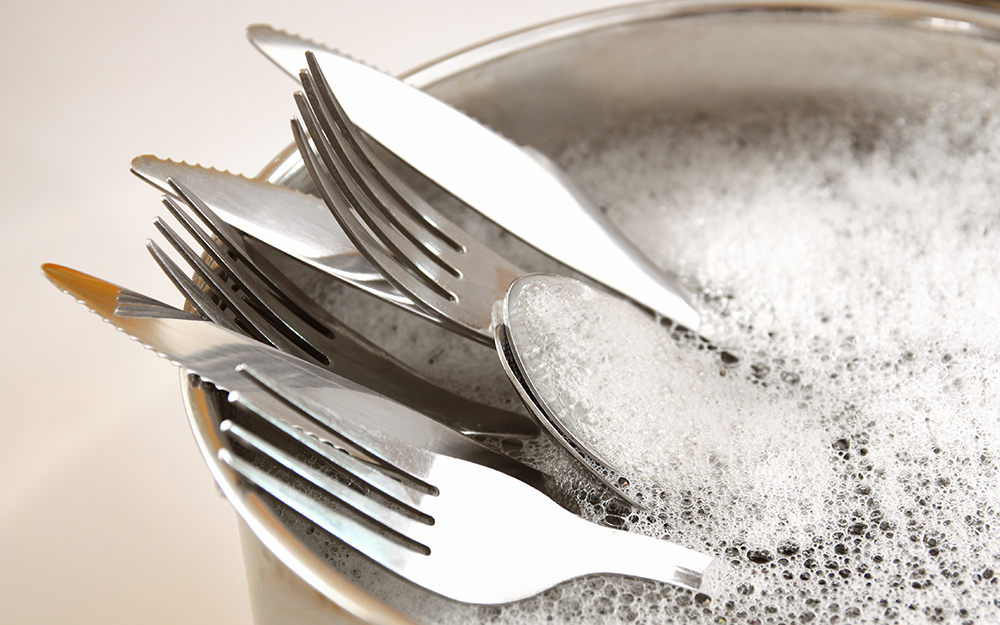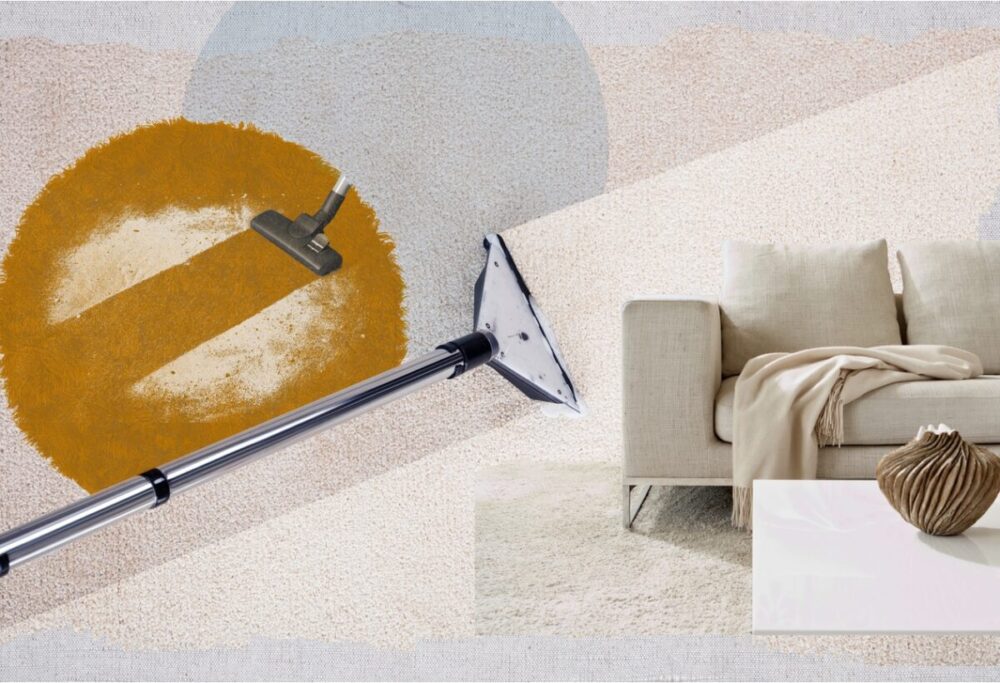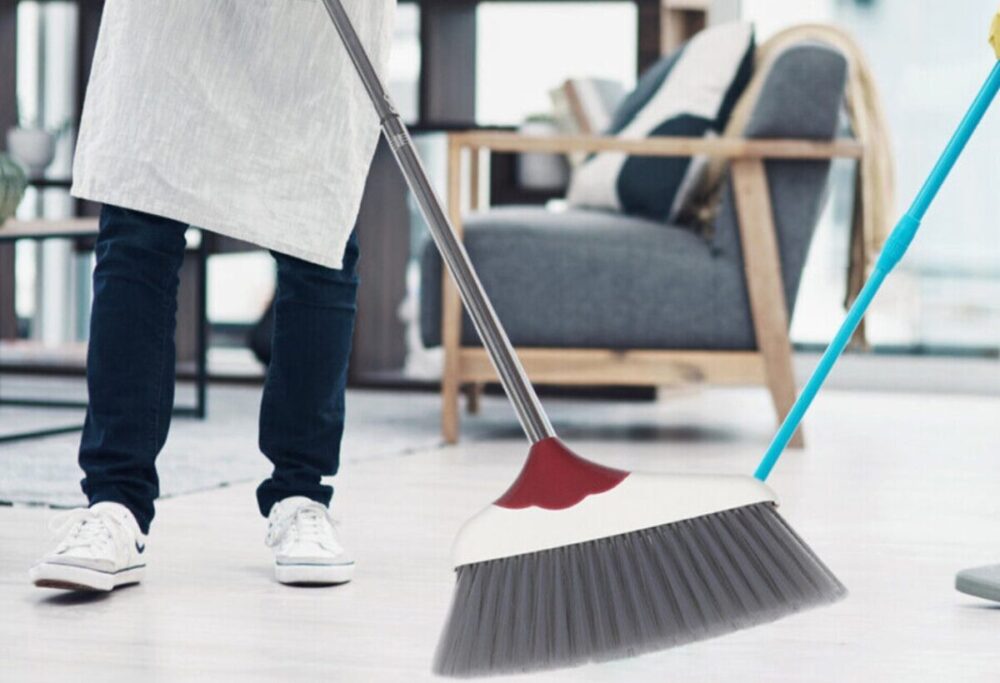There is a spectrum that can be found within the vast realm of cleaning. On one end of the spectrum, you have the light dusting that you do on a daily basis, and on the other end, you have the heavy-duty, aggressive methods that really get down to business. Today, we are going to concentrate on the more advanced aspects of the spectrum. After all, those tenacious stains, years’ worth of built-up grime, and years of neglect sometimes require a little bit more elbow grease and some specialised cleaning strategies.
The Power and Precision of Aggressive Methods
When considering intense cleaning methods, one term that often comes to mind is abrasive cleaning. This method involves materials that grind away at the dirt and grime. While abrasive cleaning can be super effective, it’s merely one of the many aggressive methods available to us. But no matter the method, the key is to harness its strength without causing damage. Let’s explore this world of intense cleaning and how to use its power wisely.

Steam Cleaning: Harnessing Heat and Moisture
Why it works: Steam cleaning combines heat with moisture, penetrating deep into surfaces, loosening dirt, killing bacteria, and lifting away stains.
Ideal for: Carpets, upholstery, bathroom tiles, and grout.
Tip: Always test a small, inconspicuous area first, especially on colored fabrics, to ensure the color doesn’t run or fade.
Pressure Washing: The Force of Water
Why it works: Using a high-pressure jet of water, this method blasts away dirt, mold, and grime from surfaces.
Ideal for: Exteriors of buildings, decks, patios, driveways, and sidewalks.
Tip: Avoid using on delicate surfaces or old masonry, as the force can cause damage. Keep the nozzle moving to prevent focusing on one spot for too long.
Chemical Cleaning: The Molecular Magic
Why it works: By breaking down the molecular bonds of stains and dirt, chemical cleaners dissolve and lift away impurities.
Ideal for: Ovens, drainpipes, toilet bowls, and stubborn stain removal.
Tip: Always use in well-ventilated areas, wear gloves, and keep out of reach of children and pets.

Sanding: Smoothing and Removing
Why it works: By using abrasive materials, sanding wears down surfaces, removing paint, stains, or imperfections.
Ideal for: Wood furniture, floors, and walls before repainting.
Tip: Use with care, as it’s easy to remove more material than intended. Always wear protective masks to prevent inhaling dust.
Deep Scrubbing: The Elbow Grease Method
Why it works: Combining physical effort with cleaning agents, scrubbing dives deep into dirt and stains, breaking them apart.
Ideal for: Stovetops, pots and pans, tiles, and other hard surfaces.
Tip: Use scrubbing brushes with ergonomic handles to prevent hand strain and ensure an efficient cleaning process.
Electrolytic Cleaning: The Power of Electric Charge
Why it works: This method uses electric current to remove tarnish and rust from metals.
Ideal for: Silverware, metal tools, and some jewelry.
Tip: Ensure you know the type of metal you’re working with and use appropriate solutions to avoid damage.

When Aggressive Cleaning is Overkill
It is essential to be aware of the situations that call for a more gentle approach. Aggressive methods have the potential to cause damage to certain surfaces, including antique furniture, particular fabrics, and delicate stonework. Before deciding which method to use, you should always evaluate the material you are cleaning, its current state, and the kind of dirt or stain you are attempting to remove.
Safety First: Precautions to Take
With greater cleaning power comes greater responsibility. Here are some safety precautions to keep in mind:
- Read labels: Especially with chemical cleaners, always read and follow the manufacturer’s instructions.
- Protective gear: Depending on the method, consider using gloves, masks, or even goggles.
- Ventilation: Ensure good airflow, particularly when using strong chemicals or creating dust.
- Test areas: Always test a small hidden section before applying any aggressive cleaning method on a larger area.
- Child and pet safety: Keep them away from any areas that are being cleaned with harsh methods, particularly any areas that contain chemicals.
Embracing the Clean
In our pursuit of cleanliness, aggressive cleaning methods are powerful allies that we can rely on. They are capable of tackling the most difficult of tasks, revitalising spaces, and reclaiming items that we may have thought were beyond redemption. On the other hand, due to their potency, it is absolutely necessary to approach them with knowledge and reverence.

When executed properly, these methods have the potential to transform and refresh our living spaces, thereby breathing new life into them. In conclusion, the next time you are confronted with a difficult cleaning task that appears to be insurmountable, keep in mind that you have access to a wide variety of rigors cleaning techniques. Put their power to good use, and allow the transformation to start!





